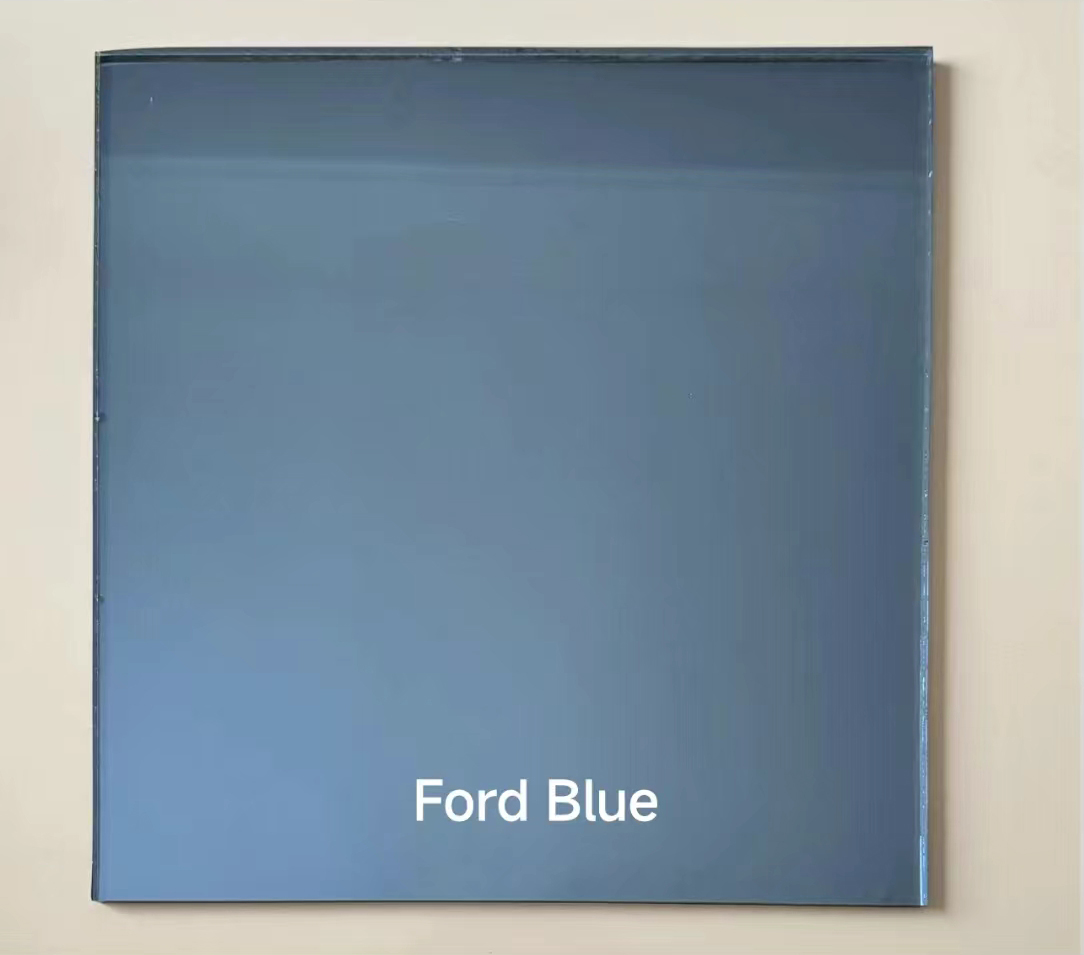

The Allure of Green Tint Glass A Modern Aesthetic
In recent years, the use of tinted glass in architecture and design has transcended its functional origins, establishing itself as a staple of modern aesthetics. Among the various options available, green tint glass has emerged as a popular choice, offering not only striking visual appeal but also a range of practical benefits. This article delves into the characteristics, advantages, and applications of green tint glass in contemporary design.
Green tint glass is characterized by its distinctive coloration, which can vary from subtle hues to deeper greens. This tint is often achieved through the addition of certain metallic oxides during the glass manufacturing process. The resulting glass provides a sophisticated yet natural look that complements a variety of design styles, from minimalist to industrial. Its versatility makes it suitable for both residential and commercial applications.
One of the primary advantages of green tint glass is its ability to reduce glare while maintaining visibility. This is particularly beneficial in environments where natural light is predominant, such as office spaces, atriums, or large windows in retail settings. By diffusing harsh sunlight, green tint glass creates a more comfortable atmosphere for occupants while minimizing the need for artificial lighting during the day. This quality underscores an important trend in modern architecture the push for sustainable and energy-efficient design solutions.
In addition to its glare-reducing properties, green tint glass offers enhanced thermal performance. The glass can help regulate indoor temperatures by reflecting infrared radiation, thereby reducing heat gain in warmer months. This can lead to significant energy savings by decreasing the reliance on air conditioning systems. For homeowners and businesses alike, the financial benefits of lower energy bills can be substantial, making green tint glass not just a design choice but also a smart economic decision.

Aesthetically, green tint glass evokes a connection to nature, which resonates with contemporary preferences for biophilic design. Its earthy tones can harmonize beautifully with surrounding landscapes, creating a seamless transition between indoor and outdoor environments. Whether used in residential homes, office buildings, or storefronts, green tint glass enhances the overall ambiance, inviting natural elements into the space.
Furthermore, green tint glass is highly versatile in terms of its applications. It can be used in a variety of architectural features, including facades, partitions, skylights, and balustrades. Its ability to support diverse design needs makes it a favored material among architects and interior designers. When utilized appropriately, green tint glass can transform ordinary structures into extraordinary works of art, showcasing the intersection of functionality and style.
As sustainability continues to be a guiding principle in design and construction, green tint glass aligns with this ethos. Many manufacturers now produce this type of glass using environmentally friendly processes and recyclable materials, further reinforcing its appeal in eco-conscious markets. This alignment with sustainability not only enhances the reputation of businesses that choose green tint glass but also caters to a growing demographic of consumers who prioritize environmental responsibility.
In conclusion, green tint glass is more than just a design trend; it embodies a blend of aesthetic beauty, functional advantages, and sustainable practices that appeal to modern sensibilities. Its capacity to reduce glare, contribute to energy efficiency, and enhance the connection to the natural world makes it a compelling choice for architects, designers, and homeowners alike. As we move further into an era where environmental consciousness and innovative design converge, the popularity of green tint glass is likely to continue rising, shaping the architecture of our surroundings in the years to come.